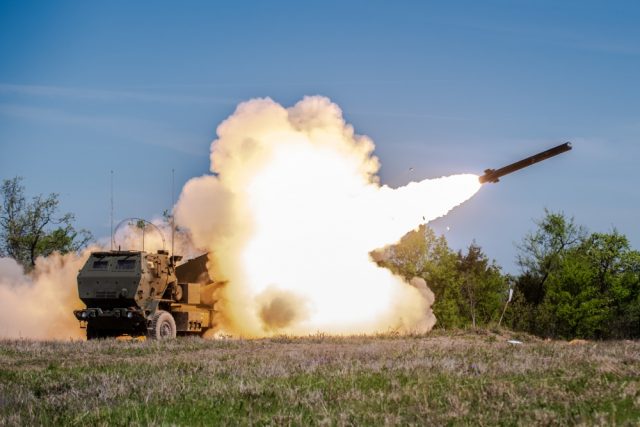US defense contractor Lockheed Martin announced it carried out another test of the US Army’s precision strike missile (PrSM) program at White Sands Missile Range, New Mexico.
During the flight test, the PrSM was fired from the High Mobility Artillery Rocket System (HIMARS) launcher and flew approximately 240 kilometers to the target area. All test objectives were achieved, according to the company.
“Today’s success validates all of the hard work our PrSM team has put into the design and development of this missile,” said Gaylia Campbell, vice president of Precision Fires and Combat Maneuver Systems at Lockheed Martin. “This test flight is the most recent success in a long line of product component and sub-component testing successes conducted as part of our proven development discipline to assure total mission success for our US Army customer.”
Test objectives included confirming the missile’s flight trajectory performance, range and accuracy from launch to warhead event, validating all interfaces with the HIMARS launcher, as well as testing system software performance.
“We are building reliability into our PrSM at every level,” said Campbell. “We are confident that our years of demonstrated experience in delivering unmatched Precision Fires capabilities for our U.S. Army customer and our commitment to ensuring affordability will result in the best PrSM option.”
The next-generation precision-strike surface-to-surface weapon system is set to deliver enhanced capabilities for attacking, neutralizing, suppressing and destroying targets at depth on the battlefield and give field artillery units a new long-range capability while supporting brigade, division, corps, army, theater, joint and coalition forces.
Also launched from the M270A1 Multiple Launch Rocket System (MLRS), PrSM is expected to have a range of over 400 kilometers and is scheduled to achieve initial operational capability in fiscal year 2023.



























